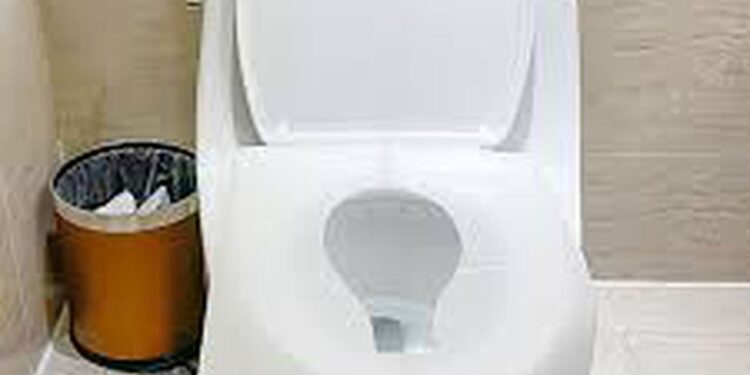For many, using a public restroom involves a ritual: laying toilet paper across the seat before sitting down. This practice is believed to enhance cleanliness and safety. However, the reality is that covering a toilet seat with paper does little to guard against germs and may even worsen the issue.
Why Covering a Toilet Seat with Paper is Ineffective
ICYMI: PURC Urges Ghanaians to Report Utility Complaints, Promises Free Redress
- Toilet Seats Aren’t Major Germ Sources
While it’s easy to assume toilet seats are teeming with bacteria, research indicates they are not as hazardous as commonly thought. Smooth, dry surfaces like toilet seats are not conducive to germ growth. Most viruses and bacteria prefer warm, moist environments, making your phone or kitchen sponge far more germ-laden than a toilet seat. - Toilet Paper is Not a Barrier
Although toilet paper may seem protective, it is actually porous and absorbent, allowing bacteria to cling to it easily. Additionally, paper in public restrooms is often exposed to airborne germs from flushing, which could mean you are increasing your contact with those germs by laying it on the seat. - Flushing is the Real Risk
The greatest source of contamination in public restrooms arises from flushing. Each flush releases microscopic droplets, known as “toilet plume,” that can carry bacteria and viruses into the air. These droplets can settle on nearby surfaces, including toilet paper and door handles, posing a greater risk than the seat itself. - Your Skin is a Natural Barrier
Remember that your skin serves as an effective barrier against germs. Brief contact with a toilet seat, even without paper, poses minimal health risks. Most infections require direct contact with mucous membranes or open wounds, so unless you have broken skin, the risk is quite low. - Effective Safety Practices
If paper seat covers aren’t the solution, consider these effective strategies:- Wash your hands thoroughly: The best way to protect yourself is by washing with soap and water for at least 20 seconds.
- Avoid touching your face: This helps prevent germs from entering your body.
- Use hand sanitizer: If soap isn’t available, choose one with at least 60% alcohol.
- Close the lid before flushing (if possible): This minimizes the spread of toilet plume.
- Carry tissues or wipes: Handy for touching surfaces like door handles and taps.
Covering a public toilet seat with paper may provide psychological comfort, but it offers little real protection against harmful germs. Instead, focus on effective hygiene practices that safeguard your health. Ultimately, it’s less about the seat and more about what you do after using it.
SOURCE: PULSE GHANA


























